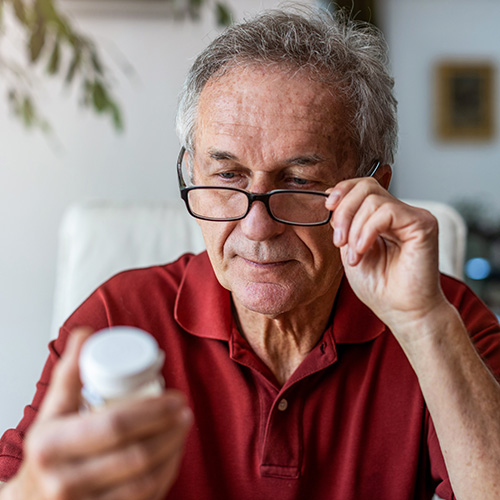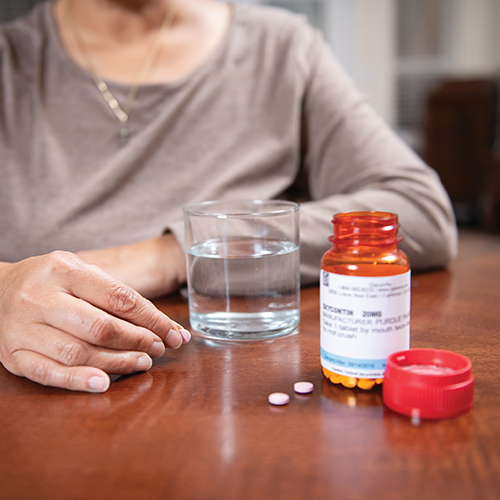July 2017
Medication adherence is generally defined as the extent to which a person takes medications as prescribed by their doctors. This involves factors such as getting prescriptions filled, remembering to take medications on time, and understanding the directions.
Poor adherence can interfere with the ability to treat many diseases, leading to greater complications from the illness and a lower quality of life. Here are some tips for taking medications correctly and talking with health care professionals about your questions and concerns.
Communicate with your health care professional. If medication side effects are bothering you, talk with your doctor or pharmacist about what you can do to lessen the problem. You might be able to switch to a different medication or your doctor may be able to adjust the timing of your dose.
See Tips for Talking with Your Pharmacist.
Make sure you understand how long to take the medication. Some questions to ask when you’re prescribed a new medication are:
- Is it necessary to empty the bottle, or can I stop taking this medication once I feel better?
- Will I need to get a refill, or can I stop treatment when the bottle is empty?
Tell your doctor if paying for prescription drugs is a problem. Your doctor may be able to prescribe a generic medication or offer other suggestions to offset the cost of a drug. Generic drugs use the same active ingredients and are shown to work the same way in the body, but they can cost 30 percent to 80 percent less. Generics also have the same risks and benefits as their brand-name counterparts.
You can also:
- Shop around your neighborhood or legitimate online pharmacies for the best prices on prescription drugs.
- Check to see whether you are eligible for drug assistance programs in your state.
- Check with the pharmaceutical companies that manufacture your medicines to find out whether you qualify for assistance.
Set daily routines to take medication. It can be helpful to connect taking the medication with normal, daily activities such as eating meals or going to bed. You can also keep backup supplies of your medication at your workplace or in your briefcase or purse.
Keep medications where you’ll notice them. For a medication that should be taken with food, place that medication on the dinner table or TV tray, or wherever you eat on a regular basis. If there are medications you need to take in the morning, put those medications in your bathroom, next to your toothbrush or your deodorant, or something else that you use as part of your morning routine.
Use daily dosing containers. These are available at most pharmacies and allow you to keep medications in compartments that are labeled with the days of the week and various dosage frequencies.
Keep a written or computerized schedule. This can cover the medications you take, how often you take them, and any special directions. Thanks to modern technology, there are a number of devices that have been designed to help patients adhere to a prescribed medication schedule. These include medication reminder pagers and wristwatches, automatic pill dispensers, and even voice-command medication managers. Ask your pharmacist for suggestions as to which particular devices may be helpful for you. FDA offers a form that can be printed out and used for listing all of your medications: www.fda.gov/Drugs/ResourcesForYou/ucm079489.htm.
Source: U.S. Food and Drug Administration
https://www.fda.gov/ForConsumers/ConsumerUpdates/ucm164616.htm



